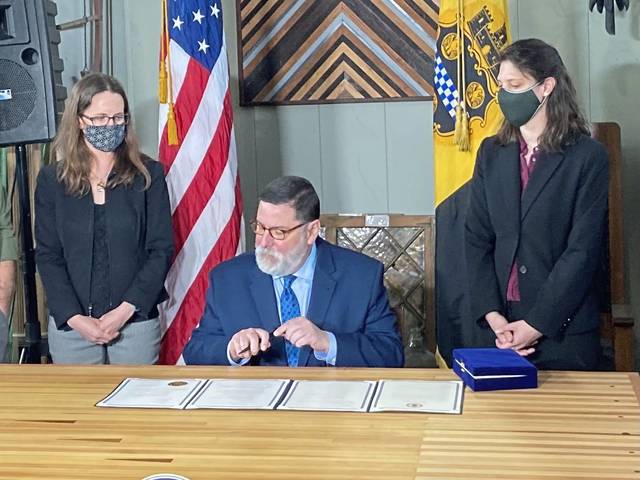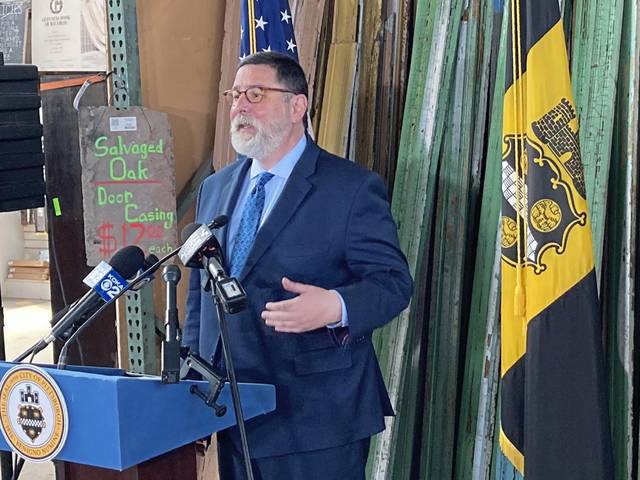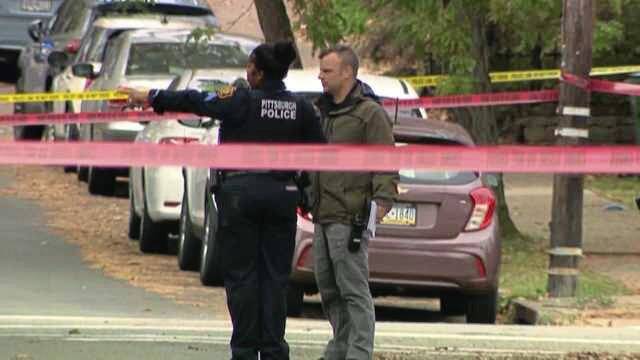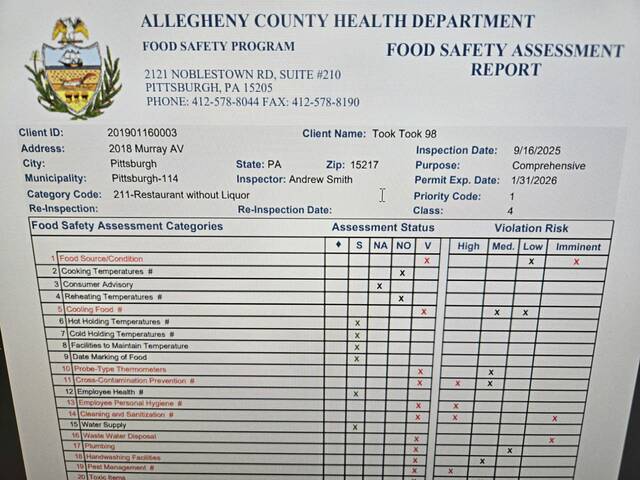Highlights of home improvement shows on television generally include “demo day” — when sledgehammers and pry bars bash walls and cabinets to give way to the open concept that people covet.
The demolition makes for good TV as plaster crumbles, wood cracks and there’s a cloud of dust and debris.
But there’s different way of approaching the process that’s less exciting: Deconstruction.
It means taking apart a house or the remnants of a house piece by piece so that many of the materials can be salvaged for reuse.
It’s a process that Construction Junction, a nonprofit dedicated to building material reuse, has lobbied for people to use since 1999.
On Tuesday, Pittsburgh officials gathered at Construction Junction in North Point Breeze to announce a new deconstruction policy that represents a commitment by the city to take apart its blighted buildings, not reduce them to rubble.
“The City of Pittsburgh can lead by example on this,” said Alicia Carberry, the operations assistant in the mayor’s office.
She worked with a dozen city departments to come up with the new policy that was enacted by an executive order signed Tuesday by Mayor Bill Peduto at Construction Junction.
Peduto signed the order on a table built from one of the lanes at the former Forward Lanes bowling alley in Squirrel Hill.
Pittsburgh has 1,700 buildings that are condemned and that could be demolished.
The new policy will aim to use deconstruction techniques to salvage materials from them, diverting the bricks, tile, woodwork from landfills so they can be used in other projects.
The city’s buildings are part of the “fabric of the community” and are the places where “families were created and families gathered together,” Peduto said.
The policy will help to preserve those memories, he said.
“The most important thing about this initiative is that we are planting a seed,” Construction Junction Executive Director Mike Gable said. “The city is sending a message that we’re going to change business as usual. We’re going to change the idea that waste is inevitable and we are going to look at every single project to determine what in that building can be salvaged.”
It may cost more to deconstruct instead of demolish, Peduto said, and if that proves to be the case more money will be allocated to cover the price.
Sarah Kinter, director of the city’s Permits, Licenses and Inspections department, said the cost of using deconstruction over demolition isn’t yet known.
But the benefits are clear, she said.
“By taking apart a building rather than using traditional demolition, we can reduce construction waste, continue to address environmental hazards and promote the highest demolition standards,” Kinter said.











